Introduction
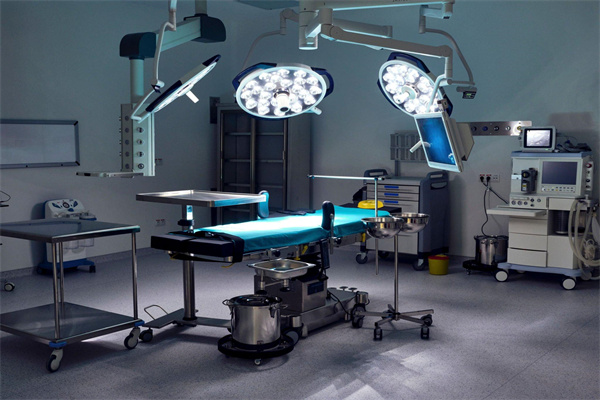
The operating room, or OR, is a crucial part of the medical world. It is where surgeons and their teams perform life-saving surgeries, often under the bright and direct lighting of operating room lights.
Operating room lights are a type of lighting specifically designed to illuminate surgical sites during operations. These lights are typically mounted high above the patient and adjustable for different brightness levels. They are essential for providing surgeons and medical professionals with the necessary visibility to perform delicate, precise surgeries.
Types of Operating Room Lights
There are several different types of operating room lights available, each with its unique features and benefits. Depending on the type of surgery being performed and the size of the OR, these lights can offer a range of illumination options.
Halogen Operating Room Lights
Halogen operating room lights are one of the most common operating room lights used today. These lights provide high-quality illumination and can be adjusted for different brightness levels. They are typically mounted high above the patient, which helps to provide a wide range of visibility. Halogen lights are also relatively energy efficient and can be used for long periods without causing any harm to the patient.
LED Operating Room Lights
LED operating room lights are becoming increasingly popular due to their energy efficiency and long lifespan. These lights provide a bright, even light that can be adjusted for different brightness levels. LED lights are also extremely durable and can withstand the harsh conditions of an operating room. In addition, they are often cheaper to purchase than other types of lights.
Fluorescent Operating Room Lights
Fluorescent operating room lights are popular for many medical facilities due to their low energy costs. These lights can provide a bright, even light that is adjustable for different brightness levels. Fluorescent lights are also relatively easy to install and maintain, which helps to reduce overall costs.
Ceiling-Mounted Operating Room Lights
Ceiling-mounted operating room lights are a great choice for larger ORs. These lights are typically mounted high above the patient, providing a wide range of visibility. Ceiling-mounted lights are also adjustable for different brightness levels and can be used for long periods without causing any harm to the patient.
Conclusion
Operating room lights are an essential part of any medical facility. These lights give surgeons and medical professionals the necessary visibility to perform delicate and precise surgeries. There are several different types of operating room lights available, each with its unique features and benefits. Depending on the type of surgery being performed and the size of the OR, these lights can offer a range of illumination options.

When performing operations, surgeons need the highest lighting quality to ensure the highest standard of care and patient safety. For this reason, operating room (OR) lights are a critical component of any surgical suite. They provide a bright, even illumination of the operative field, enabling the surgeon to identify and visualize the anatomy being operated on accurately.
OR lights come in various shapes, sizes, and designs, depending on the type of surgery being performed and the environment of the OR. They are typically mounted to the ceiling and feature several adjustable settings that allow the surgeon to control the light’s direction, intensity, and angle, allowing them to customize the lighting to their preference.
The integrated light source, or ILS, is the most commonly used operating room light. This type of light is designed to be integrated into the ceiling of the OR, providing a centralized illumination source for the entire room. ILSs typically feature two lighting heads, one for direct illumination of the operative field and one for indirect illumination of the surrounding environment.
Another popular OR light type is the flexible arm light or FAL. This type of light is attached to an articulating arm, allowing the surgeon to easily adjust the light’s direction, intensity, and angle. FALs are often combined with an ILS to provide a comprehensive lighting solution for the OR.
Another option for an OR lighting system is the LED light. LED lights have become increasingly popular due to their energy efficiency. They are available in various sizes and styles, making them ideal for various surgical applications. LED lights provide bright, consistent illumination and can be adjusted to provide the exact level of brightness needed for the procedure.
Finally, a mobile operating light is a great option for those who perform surgery in multiple ORs. These lights are typically mounted on a wheeled cart, allowing the surgeon to move the light with them as needed. Mobile OR lights are often combined with an ILS and FAL to provide a comprehensive lighting solution for the OR.
No matter which type of OR light you select, it is important to ensure that it meets the highest quality and durability standards. Additionally, OR lights should be regularly serviced and replaced when needed to ensure the highest level of patient safety. Doing so will ensure that surgeons scan their operations with the highest accuracy.
Halogen lights
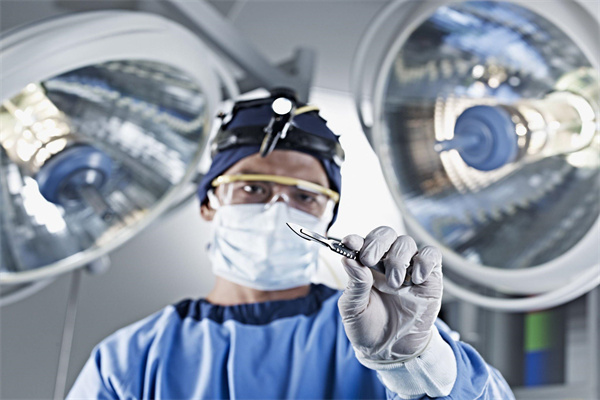
Halogen lights are a type of artificial lighting that is used in many homes and businesses. They are efficient and cost-effective for providing a bright, natural-looking light in any environment. Halogen lights have a variety of advantages, but they also have some drawbacks that should be considered when deciding which type of lighting to use.
Benefits of Using Halogen Lights
Halogen lights are a popular choice for many reasons. The most important advantage of halogen light is its energy efficiency. Halogen lights use a small amount of energy compared to other types of lighting. This makes them an ideal choice for reducing their electricity bills.
Halogen lights are also known for their long life. They can last up to 10 times longer than traditional incandescent bulbs, making them a cost-effective option. They also produce a bright, natural-looking light that can highlight specific areas of the room or create a relaxed ambiance.
Drawbacks of Using Halogen Lights
Although halogen lights are a great option for many reasons, they do have some drawbacks that should be considered. The most important is their price. Halogen lights are usually more expensive than other types of lighting, so they may not be the best choice for those on a budget.
In addition, halogen lights can be dangerous if not used or installed properly. They can produce a lot of heat, which can be a fire hazard if used too close to combustible materials. For this reason, it is important to ensure that you follow the manufacturer’s instructions when installing or using halogen light.
Finally, halogen lights can be difficult to replace. Unlike other light bulbs, halogen bulbs are designed to be sealed so they cannot be replaced. If your need to replace a bulb, you will need to replace the entire fixture.
In conclusion, halogen lights have advantages that make them a great option for many people. They are energy efficient and have a long lifespan, but they can also be expensive and require extra caution when used or installed. If you are looking for a cost-effective and energy-efficient lighting solution, halogen lights may be the right choice.
Led lights
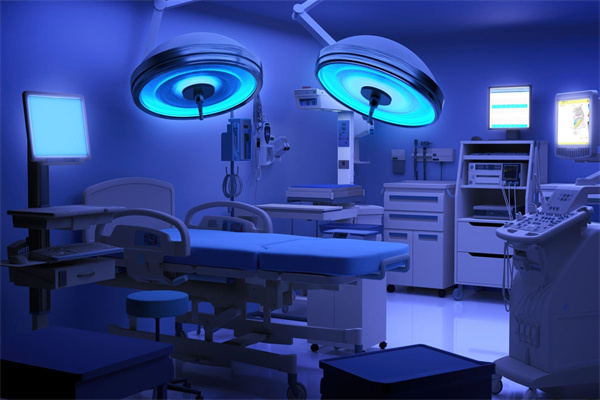
The world is rapidly transitioning to LED lighting for a good reason. LED lights provide various benefits, making them a great choice for any home or business. This blog will discuss the benefits and drawbacks of using LED lights to help you make an informed decision about lighting your space.
LED stands for light-emitting diode, and they are the most efficient lighting option on the market. LEDs are incredibly durable and require minimal maintenance, allowing them to last significantly longer than incandescent bulbs or fluorescent lamps. This means that replacing and maintaining LEDs is much less expensive in the long run.
LEDs are also incredibly energy efficient, using up to 75% less energy than traditional lighting. This energy efficiency significantly lowers energy bills for both businesses and homeowners. Additionally, LEDs can last up to 50,000 hours, compared to just 1,000 hours for incandescent bulbs. This means you don’t have to worry about replacing bulbs as often, leading to more cost savings.
LEDs are also great for the environment as they do not contain any hazardous materials like mercury or lead. This makes them much safer for the environment than traditional lighting options. Additionally, LEDs emit very little heat, making them ideal for spaces that need bright lighting but don’t want to waste energy on cooling the room.
One of the biggest benefits of LEDs is their versatility. LEDs come in various colors, styles, and wattages so that you can find the perfect lighting solution for any space. Additionally, dimmer switches can control LEDs, allowing you to customize the brightness and intensity of the lighting in your space.
While LED lighting offers many benefits, there are some drawbacks to consider. LED lights are more expensive than traditional lighting options, so they may not be feasible for everyone. Additionally, LED bulbs can experience a decrease in brightness over time, meaning you may need to replace them more often. Finally, LEDs do not work with all dimmer switches, so check compatibility before purchasing.
Overall, the benefits of LED lighting far outweigh the drawbacks. LEDs are more energy efficient, longer-lasting, and versatile than traditional lighting options, making them a great choice for any home or business. Additionally, LED bulbs can help you save money on energy bills and maintenance costs. With all these benefits, it’s easy to see why LED lighting has become so popular in recent years.
Fluorescent lights
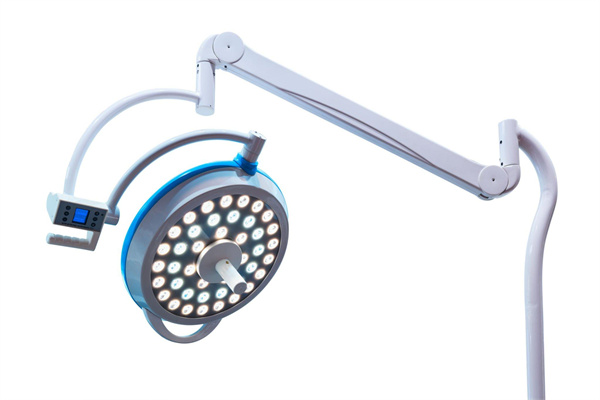
Are you looking for a cost-effective and energy-efficient lighting system for your home or office? Fluorescent lights may be the perfect option for you. Fluorescent lighting has been a popular choice for decades, offering a variety of benefits that make them an attractive option for residential and commercial customers worldwide.
To understand what makes fluorescent lights so appealing, let’s examine their benefits and drawbacks.
Benefits of Using Fluorescent Lights
Fluorescent lights offer several advantages that make them an attractive choice for lighting:
1. Cost-Effectiveness: Fluorescent bulbs are much more cost effective than traditional incandescent bulbs. Fluorescent bulbs use far less electricity than incandescent bulbs, which can result in significant cost savings over time.
2. Long Life: Fluorescent bulbs have a much longer lifespan than traditional incandescent bulbs. Fluorescent bulbs can last up to 10,000 hours, while incandescent bulbs typically last no more than 1,000 hours.
3. Energy Efficiency: Fluorescent lights are much more energy-efficient than traditional incandescent bulbs. They use up to 75% less energy than incandescent bulbs, which can result in significant cost savings over time.
4. Versatility: Fluorescent bulbs come in various shapes, sizes, and colors, making them suitable for various applications. Their versatility makes them great for home, commercial, and industrial lighting needs.
Drawbacks of Using Fluorescent Lights
Despite their many benefits, there are some drawbacks to using fluorescent lights that should be considered:
1. Pollution: Fluorescent bulbs contain mercury, which can be hazardous if the bulbs are not disposed of properly. Mercury is a toxic substance that can harm humans and the environment.
2. Initial Cost: Fluorescent bulbs are more expensive than traditional incandescent bulbs, so the initial cost of installing a fluorescent lighting system can be high.
3. Flicker: Fluorescent lights can flicker, distract, and be unpleasant.
4. Color Quality: Fluorescent lights can produce a cold, bluish light that can be unpleasant for some people.
In summary, fluorescent lights offer a variety of benefits that make them an attractive option for residential and commercial customers. They are cost-effective, energy-efficient, and have a long lifespan. They also come in a variety of shapes, sizes, and colors. However, they have some drawbacks, such as containing mercury and producing a cold, bluish light.
Fluorescent lights may be the perfect option for you if you are looking for a cost-effective and energy-efficient lighting system. Be sure to consider both the benefits and drawbacks before making your decision.
Xenon lights
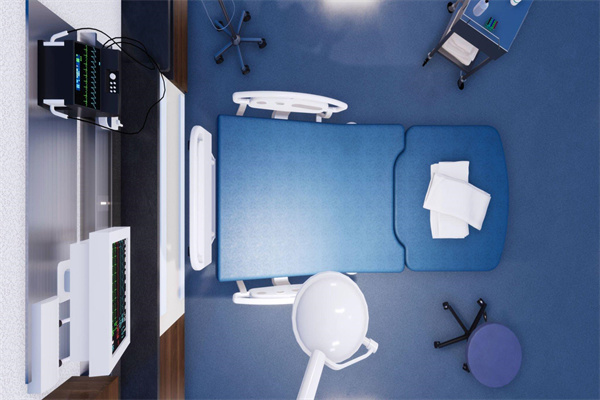
Xenon lights, also known as High-Intensity Discharge (HID) lights, are a type of lighting technology used in automotive headlight applications. Xenon lights are becoming increasingly popular due to their brighter, whiter light and ability to improve road visibility. In this blog, we’ll discuss the benefits and drawbacks of using xenon lights.
Benefits of Using Xenon Lights
Xenon lights offer a range of benefits to drivers, including improved visibility, a more natural look, and longer-lasting lights.
Improved Visibility
One of the main benefits of xenon lights is improved visibility. Xenon lights produce a brighter and whiter light than traditional halogen lights, allowing drivers to see further down the road. This improved visibility can benefit drivers in rural areas or on dark roads.
More Natural Look
Xenon lights also provide a more natural look than traditional halogen lights, producing a light similar to natural daylight. This can help to reduce driver fatigue and improve reaction times, as the whiter light of the xenon lights can help to reduce eye strain.
Longer Lasting Lights
Finally, xenon lights are also known to be longer-lasting than traditional halogen lights. This is due to their use of a gas mixture that requires less voltage to produce the same amount of light, meaning they have a longer lifespan than traditional halogen bulbs.
Drawbacks of Using Xenon Lights
Despite the many benefits of xenon lights, some drawbacks exist before making the switch.
Expense
One of the most important drawbacks to consider is the expense of replacing xenon lights. While they are more efficient and can last longer, replacing xenon lights is significantly more expensive than traditional halogen bulbs. Therefore, if you’re considering switching to xenon lights, you should factor in the extra cost of replacing them when they eventually fail.
Installation
Another important consideration is the installation of xenon lights. In some cases, installing xenon lights requires more work than traditional halogen bulbs, as special wiring and parts may be needed. Therefore, it’s important to research the installation process to ensure you’re prepared for the task.
Conclusion
In conclusion, xenon lights can offer a range of benefits to drivers, including improved visibility, a more natural look, and longer-lasting lights. However, it’s important to consider the drawbacks of using xenon lights, such as the expense of replacing them and the installation process. We hope this blog has helped you understand the benefits and drawbacks of using xenon lights.
Conclusion
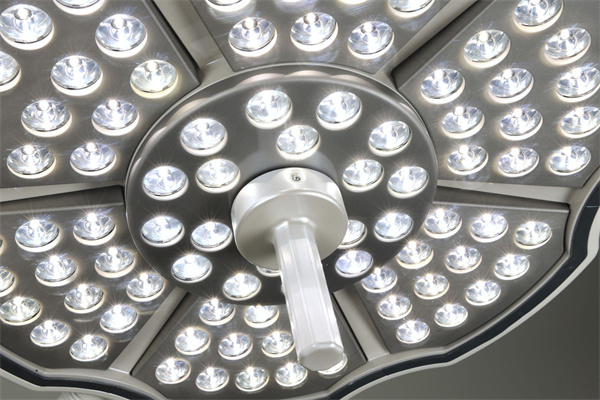
When it comes to the medical field, operating room lights are essential. To ensure that surgery is a success, the right operating room lights can make a difference. In this blog, we have explored the different types of operating room lights, as well as the factors to consider when choosing the right lights for the job.
First, we discussed the two main types of operating room lights – fluorescent and LED. Fluorescent lights are typically cheaper and more reliable, but they also produce less light than LEDs. On the other hand, LEDs produce more light and can be more energy-efficient. They can also be more expensive, so it is important to factor in costs when deciding.
Second, we discussed the importance of considering the color temperature of the lights. Warmer-toned lights are better for general surgery, while cooler-toned lights are better for microsurgery. The higher the color temperature, the brighter the light.
Finally, we discussed the importance of considering the size and shape of the lights. The size of the lights can make a huge difference in the performance of the surgery, and the shape of the lights should also be considered. For example, a round light may be better suited for a larger surgical area, while a linear light may be better suited for a smaller surgical area.
Overall, there are a lot of factors to consider when choosing the right lights for an operating room. It is important to consider budget, color temperature, size, and shape to ensure that the surgery is successful. A surgeon can perform their job easily and accurately with the right operating room lights.
Get the complete solution. ↓
The Ultimate Guide to Surgical Lights









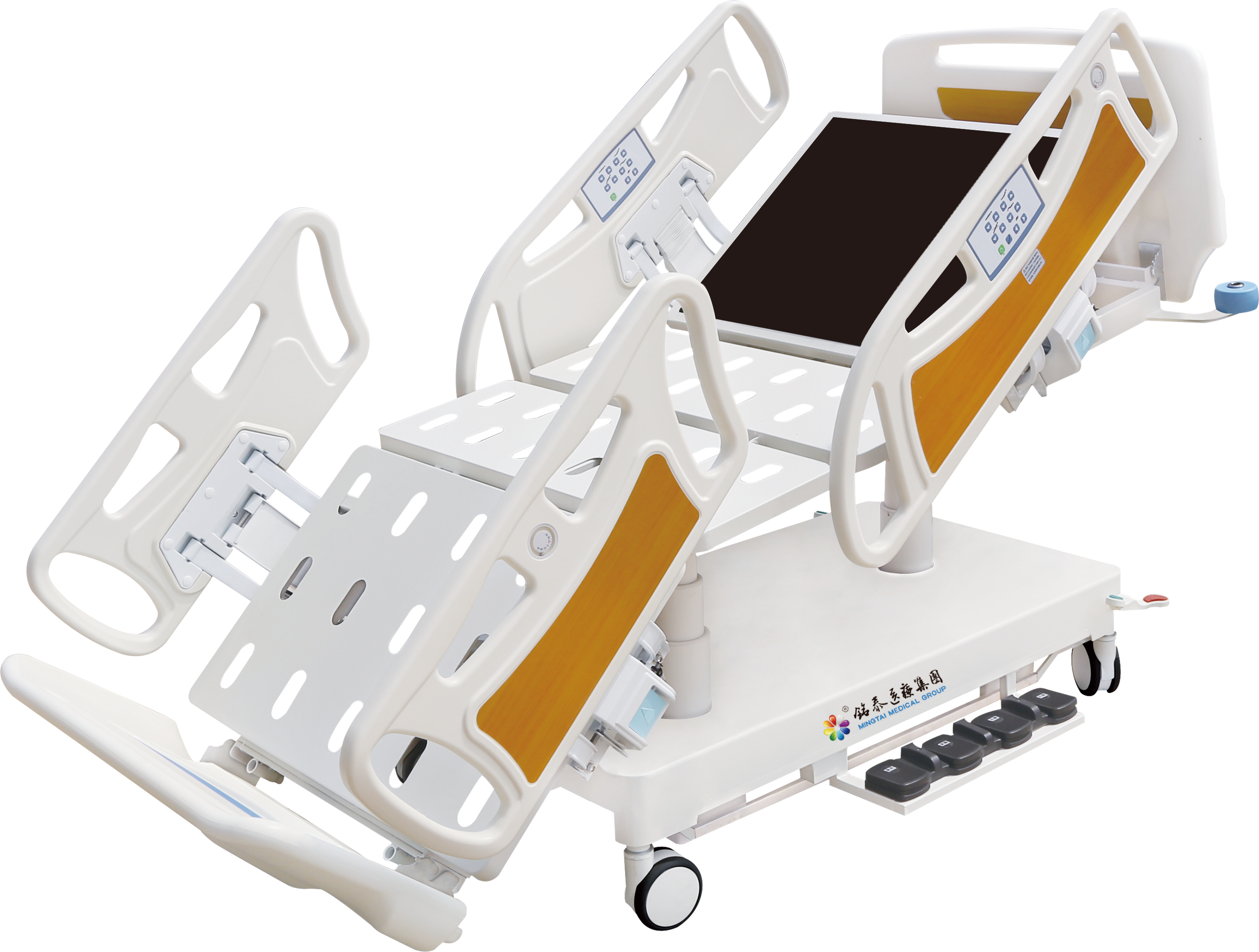


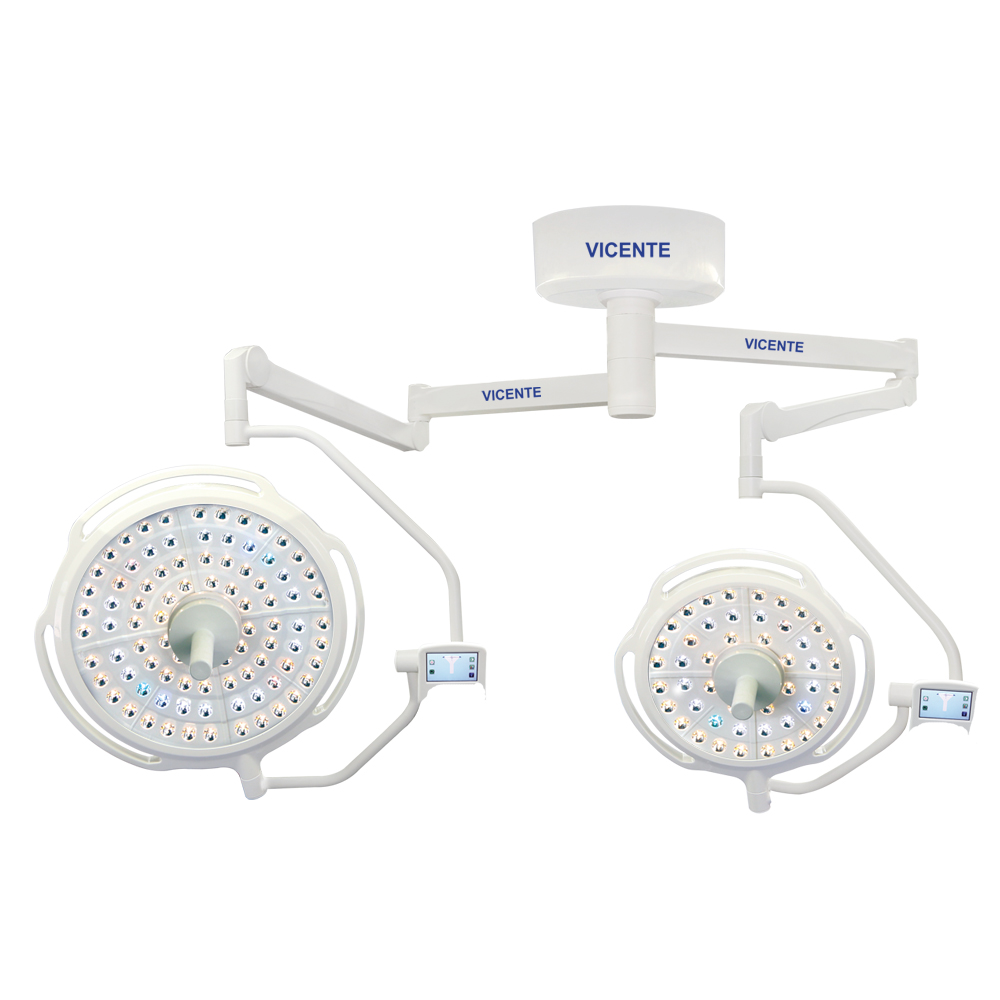

 Email:
Email: Whatsapp:+86-19006477273
Whatsapp:+86-19006477273 Address:No. 8 Yangchun Road, Qufu Industrial Park, Jining, Shandong Province, China
Address:No. 8 Yangchun Road, Qufu Industrial Park, Jining, Shandong Province, China